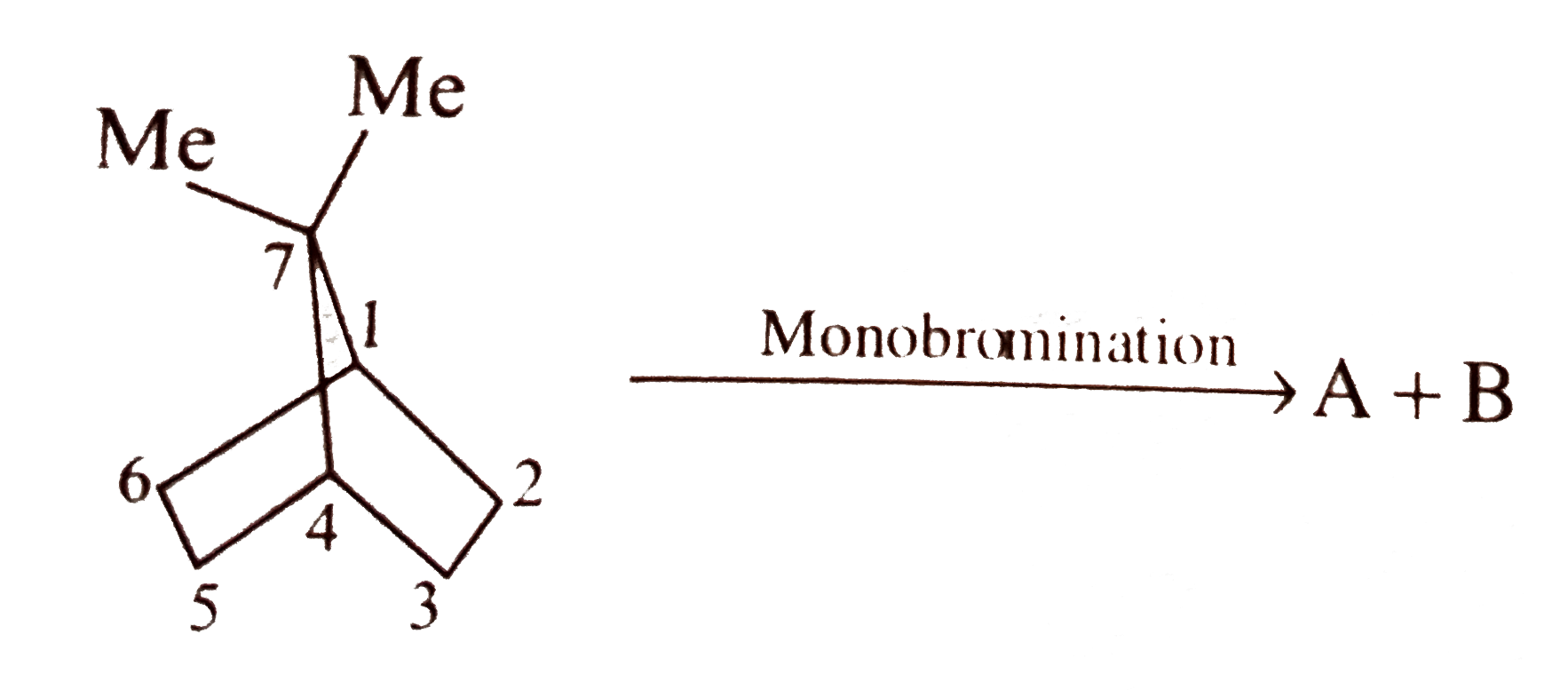Complete the following reactions :
(i) P4+SOCl2→
To complete the reaction of white phosphorus (P₄) with thionyl chloride (SOCl₂), we can follow these steps:
Step 1: Identify the Reactants
The reactants in this reaction are:
- White phosphorus (P₄)
- Thionyl chloride (SOCl₂)
Step 2: Determine the Products
When P₄ reacts with SOCl₂, it forms phosphorus trichloride (PCl₃) and sulfur dichloride (S₂Cl₂), along with sulfur dioxide (SO₂) as a byproduct.
Step 3: Write the Unbalanced Reaction
The unbalanced chemical equation can be written as:
P4+SOCl2→PCl3+S2Cl2+SO2
Step 4: Balance the Reaction
To balance the reaction, we need to ensure that the number of atoms of each element is the same on both sides of the equation. The balanced equation is:
4P4+8SOCl2→4PCl3+2S2Cl2+4SO2
Final Balanced Reaction
The final balanced reaction is:
P4+8SOCl2→4PCl3+2S2Cl2+4SO2
Summary of the Reaction
- Oxidation States: In this reaction, phosphorus in P₄ is oxidized from an oxidation state of 0 to +3 in PCl₃. The sulfur in SOCl₂ is reduced from +4 to +1 in S₂Cl₂.
- Type of Reaction: This is a redox reaction, where oxidation and reduction occur simultaneously.
The reactants in this reaction are:
- White phosphorus (P₄)
- Thionyl chloride (SOCl₂)
When P₄ reacts with SOCl₂, it forms phosphorus trichloride (PCl₃) and sulfur dichloride (S₂Cl₂), along with sulfur dioxide (SO₂) as a byproduct.
The unbalanced chemical equation can be written as:
P4+SOCl2→PCl3+S2Cl2+SO2
To balance the reaction, we need to ensure that the number of atoms of each element is the same on both sides of the equation. The balanced equation is:
4P4+8SOCl2→4PCl3+2S2Cl2+4SO2
The final balanced reaction is:
P4+8SOCl2→4PCl3+2S2Cl2+4SO2
- Oxidation States: In this reaction, phosphorus in P₄ is oxidized from an oxidation state of 0 to +3 in PCl₃. The sulfur in SOCl₂ is reduced from +4 to +1 in S₂Cl₂.
- Type of Reaction: This is a redox reaction, where oxidation and reduction occur simultaneously.
Topper's Solved these Questions
- P-BLOCK ELEMENTSBOOK - ICSECHAPTER - P-BLOCK ELEMENTSEXERCISE - EXERCISE (PART-II)(DESCRIPTIVE QUESTIONS)(SHORT ANSWER QUESTIONS)
67 Videos
- P-BLOCK ELEMENTSBOOK - ICSECHAPTER - P-BLOCK ELEMENTSEXERCISE - EXERCISE (PART-II)(DESCRIPTIVE QUESTIONS)(LONG ANSWER QUESTIONS)
65 Videos
- P-BLOCK ELEMENTSBOOK - ICSECHAPTER - P-BLOCK ELEMENTSEXERCISE - EXERCISE (PART-I)(MATCH THE FOLLOWING)
1 Videos
- ORGANIC COMPOUNDS CONTAINING NITROGENBOOK - ICSECHAPTER - ORGANIC COMPOUNDS CONTAINING NITROGENEXERCISE - ISC EXAMINATION QUESTIONS ( PART-II DESCRIPTIVE QUESTIONS)
33 Videos
- POLYMERS BOOK - ICSECHAPTER - POLYMERS EXERCISE - ISC EXAMINATION QUESTIONS
10 Videos
Similar Questions
Complete the following reaction:
i.
ii.
View SolutionComplete the following reactions :
i.
ii.
View SolutionComplete the following reactions :
i.
ii.
View SolutionComplete the following reactions :
C+H2→
View SolutionComplete the following reactions :
C2H6+O2→..........+...........
View SolutionComplete the following reactions :
(ii) CH3COOH+PCl5→
View SolutionComplete the following reactions:
(i) XeF2+H2→
View SolutionComplete the following reactions: (a)MnO2+KOH+O2→
(b)I−+MnO−+4H+→
( c) Cr2O2−7+Sn2++H+→
View SolutionComplete the following reaction:
(i) Cl2+H2O→
(ii) XeF6+3H2O→
View SolutionComplete the following reactions
(a)XeF4+H2O→
(b )XeF6+H2→
(c)XeF6+H2O→
(d)XeF6+NH3→
View Solution
